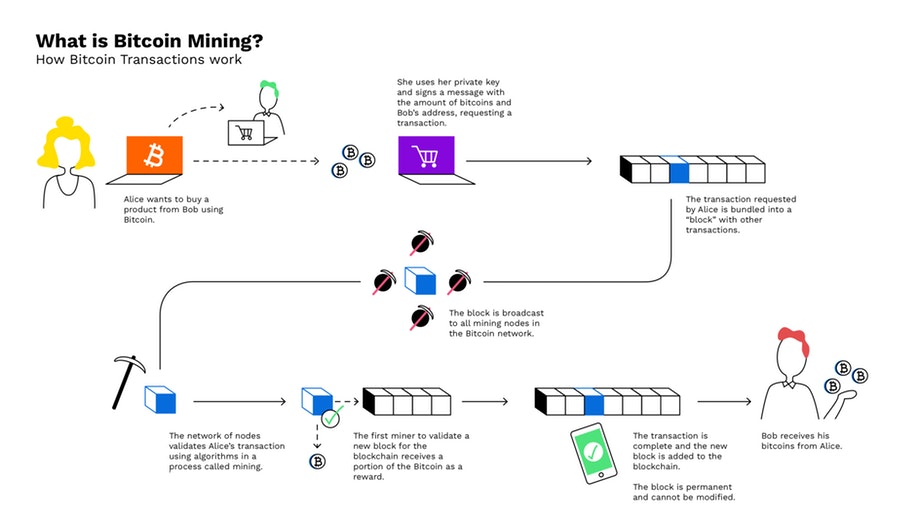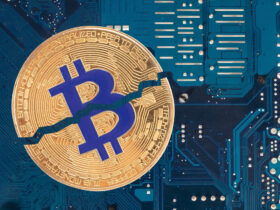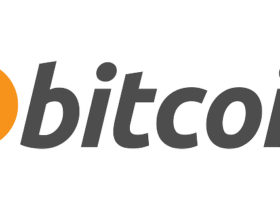Bitcoin is a digital currency that operates on a decentralized network of computers. Unlike traditional currencies, Bitcoin is not controlled by any central authority or intermediary.
Instead, Bitcoin is created and verified by a process called mining.Mining is the process of using computer power to solve complex mathematical problems that validate transactions on the Bitcoin network. Miners are rewarded with newly created bitcoins for their work. This is how new bitcoins are introduced into circulation.

courtesy of – https://computersciencewiki.org/index.php/Mining
But how does mining work exactly? And what are the benefits and challenges of mining Bitcoin? In this article, we will explain the basics of Bitcoin mining and answer some common questions about it.
What is a Bitcoin Block?
A Bitcoin block is a collection of transactions that have been broadcasted to the network and are waiting to be confirmed. Each block has a unique identifier called a hash, which is derived from the data in the block. The hash also serves as a link to the previous block, creating a chain of blocks that forms the Bitcoin blockchain.
The blockchain is a public ledger that records all transactions that have ever occurred on the Bitcoin network. Anyone can download and verify the blockchain using a Bitcoin node, which is a software program that connects to other nodes and validates blocks and transactions.
The blockchain is constantly growing as new blocks are added to it. However, only one block can be added at a time, and there is a limit to how much data each block can contain. This limit is currently 1 megabyte (MB), which means that each block can hold about 2,000 transactions on average.






